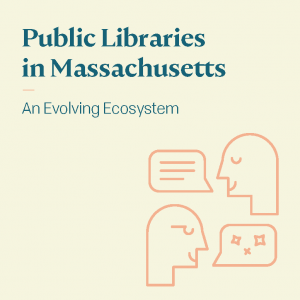By Evan Knight, Preservation Specialist at the MBLC
Since joining MBLC as Preservation Specialist last month, I quickly realized how important it is to get know the libraries, people, and collections that make our Commonwealth so culturally rich.
Much of my work here at MBLC is either project consulting (for annual LSTA direct grants) or general advisory services for collection management and risk assessment (e.g., water, fire, theft, intellectual control, light, temperature, humidity, pests, etc.).
So a few weeks ago, I reached out to Debra DeJonker-Berry, Director of Eastham Public Library, to learn more about her experiences leading recent projects in Eastham that related to both of those aspects of my work: an LSTA-funded Town-Wide Preservation Assessment and Collection Identification, and MBLC’s environmental monitoring program.
What a visit! She arranged a number of meetings around town with a couple of the local institutions who were a part of the Town-Wide grant, first with the volunteer staff of the Eastham Historical Society.
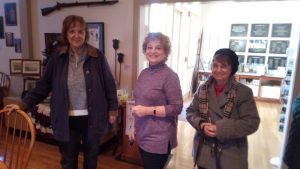
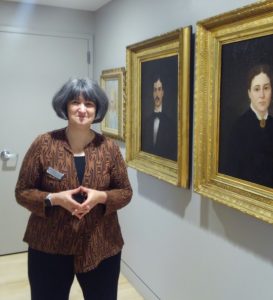
We talked about their continuing work to process their collections, best practices in the preservation of scrapbooks, and their digitization projects with Digital Commonwealth (and the challenges of preparing metadata), as we toured their Archives and storage spaces. The next visit was with the Town Clerk’s Office, who maintain and preserve some of Eastham’s oldest legal and historical documents (among many other responsibilities!). The public library plays a role in sharing and interpreting some of these old documents, the “ancient records” as they’re called, by providing electronic copies on CD and online. This is just another example, in the same spirit as the Town-Wide Assessment grant, of the collaborative vision Debra has for the Eastham Public Library. One of the greatest values of the Town-Wide project, as she put it, was having everyone at the same table talking about big-picture issues regarding their collections, now and for the future, together.
The Eastham Library, by the way, occupies a beautiful building, opened in 2016, that is worthy of a visit in its own right. We discussed their environmental monitoring report for their archives storage room, and although we didn’t find major concerns, they’re continuing to check their data every month to make sure the humidification system is working correctly.
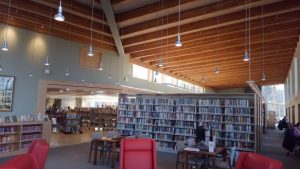

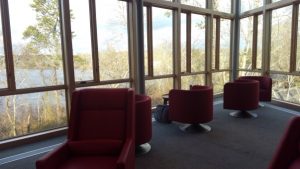
Reading Public Library is another institution pursuing an LSTA-funded Town-Wide Preservation Assessment and Collection Identification, and wouldn’t you know it, they have a beautiful building too, recently renovated! Amy Lannon, Director, hosted me for a recent visit to get to know their collections and better familiarize myself with their goals in this project.
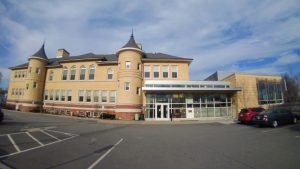
The Reading Antiquarian Society, the Reading Historical Commission, and the Reading Town Clerk will all participate with the Public Library to analyze their collections and determine their preservation needs.

On my visit, I also spent a lot of time looking at the collection and the storage area with Eileen, Local History Librarian, to talk about collection development policies, security, oversize maps, environmental monitoring, and what to expect in the Assessment process.
It was a great pleasure to visit all of these institutions, and I was happy to see the work that MBLC is helping to support. But what I like most is meeting the folks who manage the collections and do the day-to-day work to preserve the cultural heritage of the Commonwealth. Thank you!
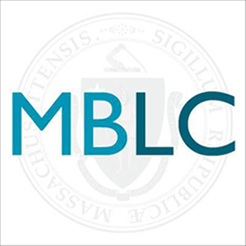
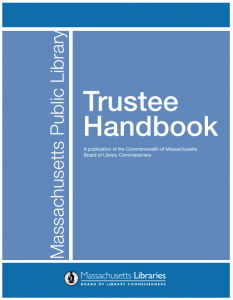 The handbook is a valuable resource to help trustees navigate the many procedural and policy questions that boards face on a daily basis. The handbook is arranged by the following sections: Becoming a Trustee, Board Organization, Legal Responsibilities, Policy Making, Planning, Personnel, Budgeting and Financial Management, Library support: Fundraising, Foundations and Friends, Advocacy; Library Construction and Resources.
The handbook is a valuable resource to help trustees navigate the many procedural and policy questions that boards face on a daily basis. The handbook is arranged by the following sections: Becoming a Trustee, Board Organization, Legal Responsibilities, Policy Making, Planning, Personnel, Budgeting and Financial Management, Library support: Fundraising, Foundations and Friends, Advocacy; Library Construction and Resources. The prize recipient from Topsfield got to ride the Zamboni before the first period began. She got to be down on the ice riding the world famous ice truck while taking in the sights and sounds of the TD Garden. She made a point to wave to all of the Bruins fans up in the stands. After the ride, she also had the opportunity to try on the Bruins 2011 Stanley Cup championship ring.
The prize recipient from Topsfield got to ride the Zamboni before the first period began. She got to be down on the ice riding the world famous ice truck while taking in the sights and sounds of the TD Garden. She made a point to wave to all of the Bruins fans up in the stands. After the ride, she also had the opportunity to try on the Bruins 2011 Stanley Cup championship ring.

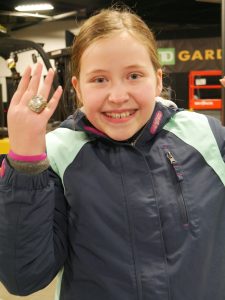
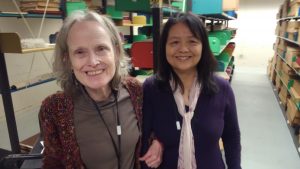
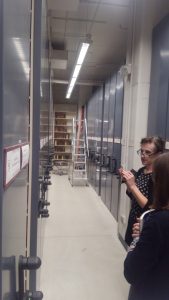
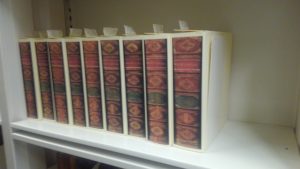


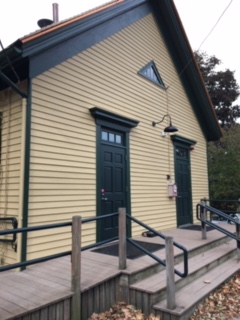
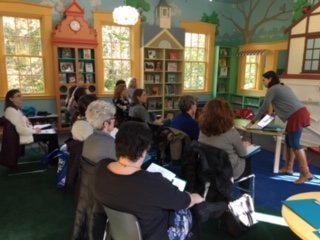
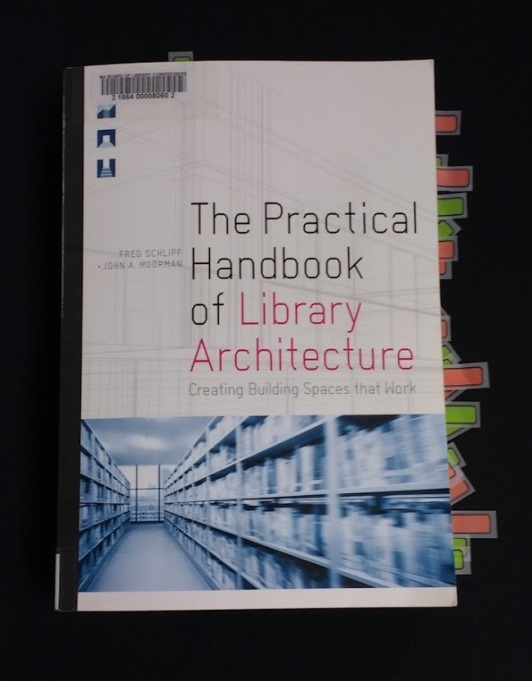
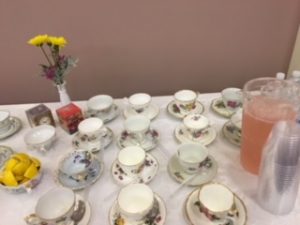 On a warm summer afternoon in July, dozens of
On a warm summer afternoon in July, dozens of 
